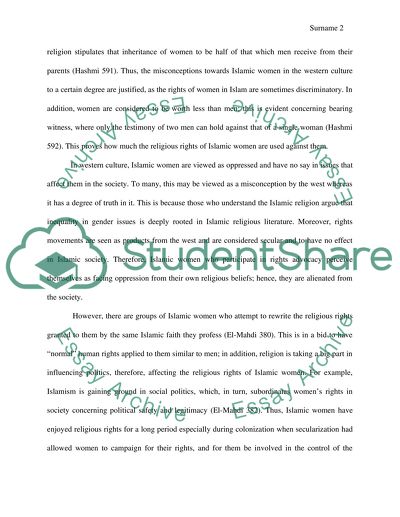Cite this document
(“Religious Rights of Women in Islam with Common Misconceptions of Research Paper”, n.d.)
Retrieved from https://studentshare.org/religion-and-theology/1453873-compare-the-religious-rights-of-women-in-islam
Retrieved from https://studentshare.org/religion-and-theology/1453873-compare-the-religious-rights-of-women-in-islam
(Religious Rights of Women in Islam With Common Misconceptions of Research Paper)
https://studentshare.org/religion-and-theology/1453873-compare-the-religious-rights-of-women-in-islam.
https://studentshare.org/religion-and-theology/1453873-compare-the-religious-rights-of-women-in-islam.
“Religious Rights of Women in Islam With Common Misconceptions of Research Paper”, n.d. https://studentshare.org/religion-and-theology/1453873-compare-the-religious-rights-of-women-in-islam.


